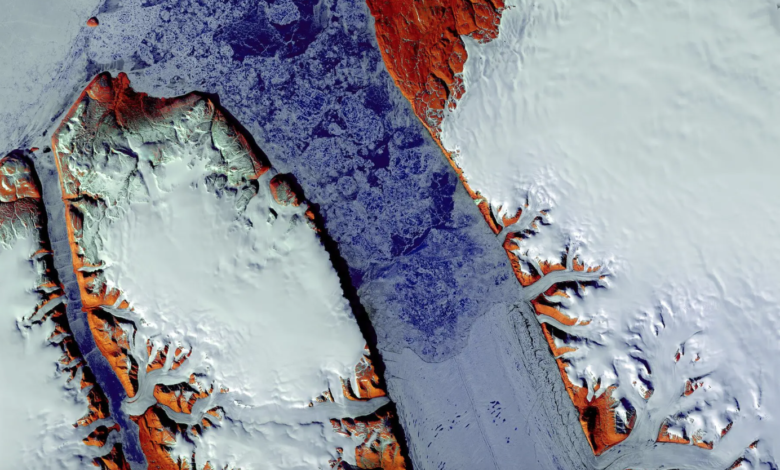The climate crisis melts at an accelerated pace even the glaciers of Greenland considered more stable

Glaciers in northern Greenland can increase global sea level by 2.1 metres
Over the past 40 years, even the ice sheet that covers the northernmost part of Greenland has lost more than a third of its volume due to the increase in global temperatures of the Cetaceans. Accelerated fusion, which has already completely collapsed three of the region’s glacial shields. And it feeds the risk to other glaciers in northern Greenland. Traditionally considered among the most stable on the planet.
This is stated by a recently published study in Nature Communications that is based on the analysis of satellite images combined with data from ocean temperature surveys. Between 1978 and today, the glaciers of northern Greenland have lost about 35% of their volume. Similar fate for the sea ice of the region, where the authors noted “a widespread increase in mass losses of ice shelves, which are dominated by an increase in basal melting rates”.
These are fusion events that totally change the dynamics of the area. Before 2000, the glacial mass balance was almost neutral. In 2010-2018 it reached 286 ± 20 billion tons of ice lost each year. About two-thirds of this fusion is attributed to glacial dynamics while the remainder is attributed to increased surface melting. The cause indicated by the study for triggering imbalance is the reduction of the sea glacial tongues of two of the glaciers of northern Greenland. But today accelerated melting affects all 8 major glaciers in the region. Of which 7 show a significant retreat, in a few years, of the Grounding line, that is the point where the glacial mass begins to be anchored to the rock and is no longer floating. The retreat is determined by rising ocean temperatures, which fuels the accelerated melting of glacial tongues at the base level. A dynamic that facilitates slipping at sea, with a consequent increase in melting, in a cycle that tends to feed itself.
If all 8 of these glaciers in North Greenland were to melt completely, the result would be an increase in global sea level of 2.1 meters.





